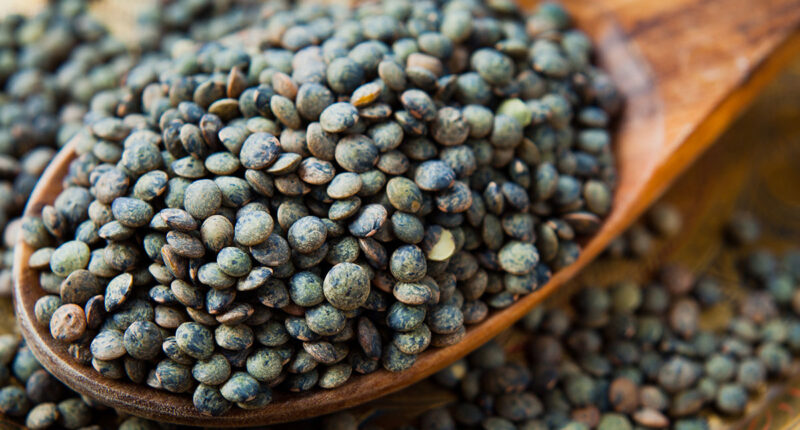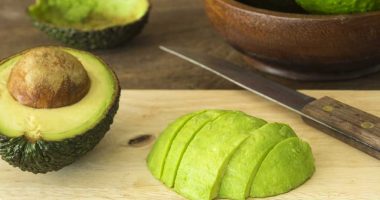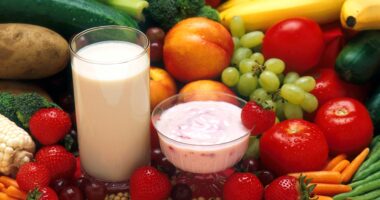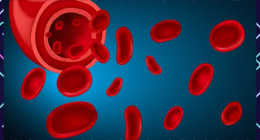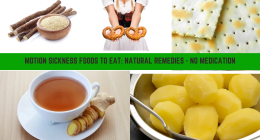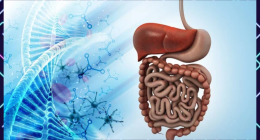15 Best Vegetarian Sources of Protein – Ensuring that your diet includes ideal vegetarian protein sources is important for anyone who doesn’t eat meat or doesn’t tend to consume a lot of animal-based foods. Although you may be aware of the fact that protein is a key part of your daily diet, you might not be sure if you’re getting enough.
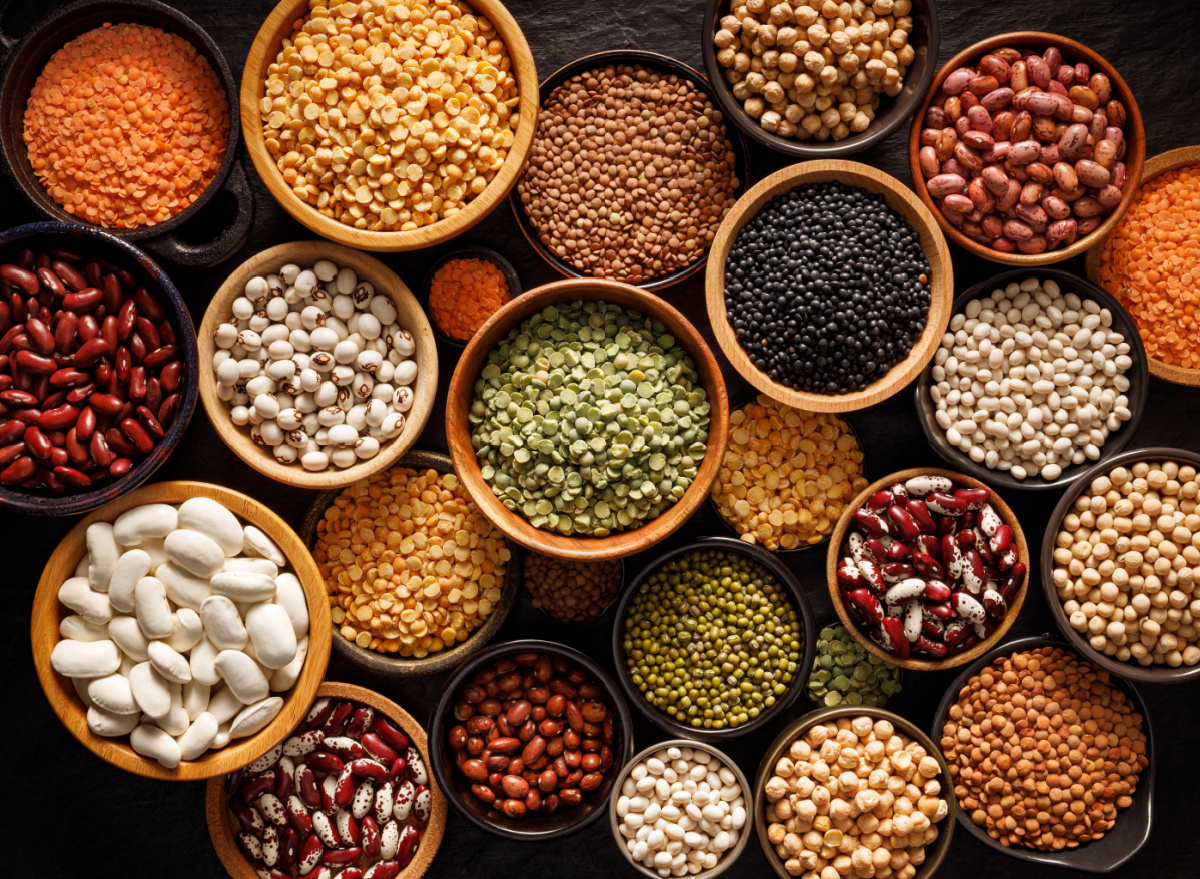
In that case, you’ll be interested to find out that the current international Recommended Dietary Allowance (RDA) for protein is 0.8 g per kilogram of body weight, according to data published in Nutrients. Along with your weight, you also have to consider how active you are when figuring out the amount of protein you require—the more active you are, the more protein you’ll need to fuel your activities.
To give yourself an idea of what you might require, the average Daily Value (DV) of protein you should aim for is around 50 grams. If you rely on a vegetarian diet (or even if you don’t), it’s important to ensure that you’re meeting this amount.
Why it’s important to get enough protein in a vegetarian diet
“Getting enough protein in a vegetarian diet is crucial because protein plays a vital role in various physiological functions,” says Meaghan Greenwood, RD. “It is essential for building and repairing tissues, producing enzymes and hormones, supporting a healthy immune system, and providing a source of energy.”
Greenwood also notes that “adequate protein intake is especially important for vegetarians since they eliminate or limit animal-based protein sources, which are typically complete proteins containing all the essential amino acids required by the body.”
“Protein is essential for a variety of body functions, including maintaining fluid balance, building muscle, and repairing cells,” says Natalie Allen, RD. “For a vegetarian, it’s important to focus on protein, as it may take a more concerted effort to get this macronutrient when not eating meat, but it certainly is possible.”
Don’t miss: 9 Foods That May Help Reduce Cellulite
What to know about getting protein from vegetarian sources
“When obtaining protein from vegetarian sources, it’s important to understand that not all plant-based proteins are complete proteins,” Greenwood says. “Unlike meat, which is a complete protein containing all the essential amino acids, most plant-based protein sources lack one or more essential amino acids.”
However, Greenwood explains that “by combining different vegetarian protein sources throughout the day, such as legumes and grains, it is possible to obtain a complete protein profile.” On top of that, “vegetarian sources of protein often provide additional health benefits, such as fiber, vitamins, minerals, and phytonutrients, which contribute to overall well-being.”
“Eating a variety of plant-based protein sources is key,” Allen agrees. “Vegetarian sources are considered low biological value proteins, which means they may be limited in one or more amino acid (the building blocks of protein). Therefore, eating different foods helps ensure a solid intake of all amino acids. Foods that come from animals, including eggs and milk, are higher in biological value.”
With that in mind, check out the following vegetarian protein sources.
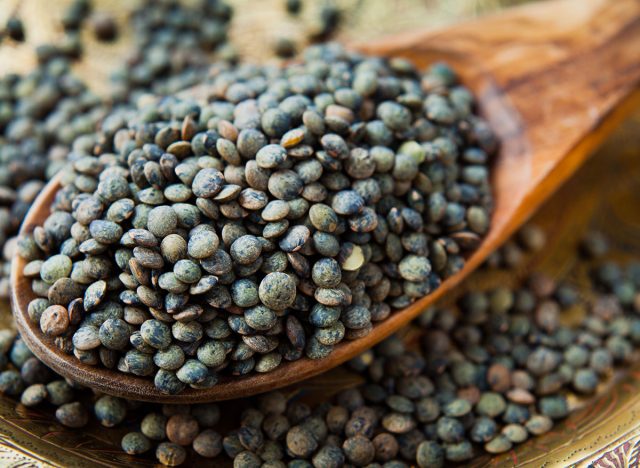
AMOUNT OF PROTEIN: 24.6 grams per 100 g serving (49.2% DV)
“High in protein and fiber, lentils are versatile legumes that provide essential nutrients like iron and folate,” says Greenwood. They are also a great source of complex carbohydrates, according to data published in Pulses. Beyond that, Greenwood adds that lentils “are easy to cook and incorporate into various dishes.”
Indeed, Allen explains that lentils “are a great addition to salads and soups.” This is why they have become a popular choice for those who want a replacement for meat and a healthy vegetarian source of protein, per Legume Science.
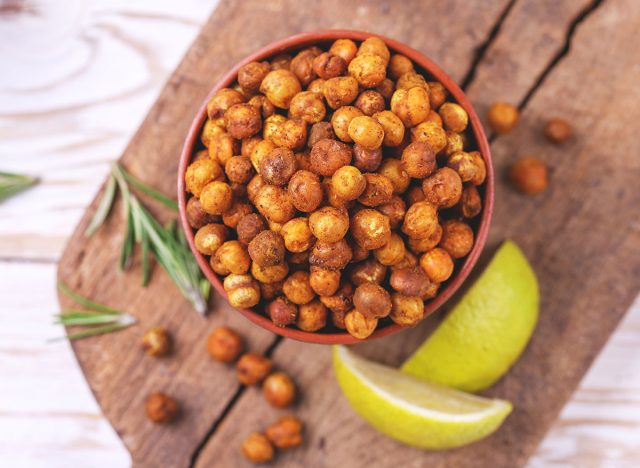
AMOUNT OF PROTEIN: 20.5 grams per 100 g serving (41% DV)
“Also known as garbanzo beans, chickpeas are a great source of protein, fiber, and complex carbohydrates,” says Greenwood. This is why research published by the International Journal of Food Science & Technology noted that chickpeas have become a popular source of dietary protein for those seeking sources beyond meat. When it comes to plant-based food-loving folks, Greenwood also explains that chickpeas “are used in numerous dishes like hummus and salads.”
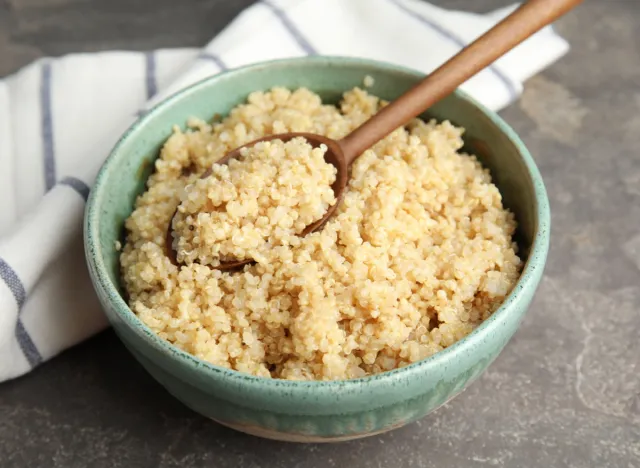
AMOUNT OF PROTEIN: 4.4 grams per 100 g serving (8.8% DV)
“Quinoa is a complete protein grain that is gluten-free and provides essential amino acids, iron, magnesium, and fiber,” says Greenwood. In fact, a review published by Nutrients noted that quinoa is a gluten-free option that has more amino acids, essential fatty acids, minerals, vitamins, dietary fibers, and carbohydrates than other grains. This is why it’s known as a superfood.
When you want to enjoy quinoa as a part of your next meal, Greenwood points out that it “is easy to cook and can be used as a base for salads, bowls, or side dishes.” Allen also suggests that you “try quinoa patties in place of hamburgers, [which are] easy and full of protein.”
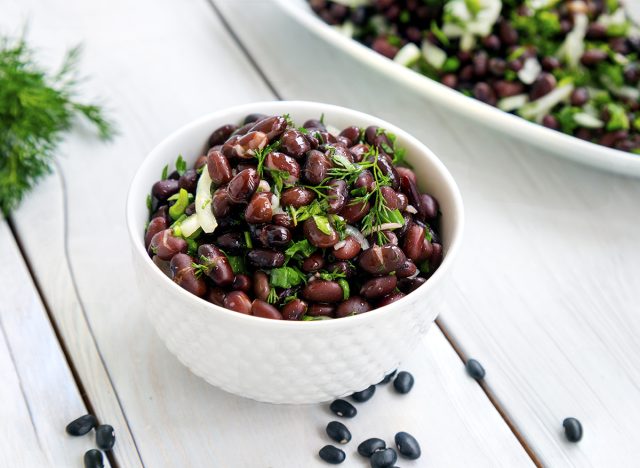
AMOUNT OF PROTEIN: 24.4 grams per 100 g serving (48.8% DV)
“Black beans are rich in protein, fiber, and antioxidants,” says Greenwood. This is backed up by a review that appeared in Food Frontiers, which noted that black beans contain powerful antioxidant properties while also helping to prevent inflammation, diabetes, cancer, and cardiovascular diseases.
Greenwood also tells us that black beans “are commonly used in Mexican and Latin American cuisine and can be added to soups, stews, or made into veggie burgers.” Allen suggests adding them “to nachos or tacos for a protein and fiber boost.”

AMOUNT OF PROTEIN: 10.3 grams per 100 g serving (20.6% DV)
“Greek yogurt is a protein-rich dairy product that also contains probiotics, calcium, and vitamin B12,” says Greenwood. While milk can benefit your muscles, Greek yogurt has the same kind of nutrients and offers similar benefits, however, also includes more protein in each serving, according to Frontiers in Nutrition.
If that has piqued your interest, then you’ll surely also be intrigued to know that Greenwood says Greek yogurt “can be enjoyed on its own, in smoothies, or as a substitute for sour cream.”

AMOUNT OF PROTEIN: 17.3 grams per 100 g serving (34.6% DV)
“Made from soybeans, tofu is a versatile protein source that absorbs flavors well,” Greenwood points out. At the same time, Allen notes that tofu is “versatile and takes on the flavor of the dish, so it can be used in desserts and savory items alike.”
Beyond that, tofu “is low in calories, cholesterol-free, and contains essential minerals like calcium and iron,” says Greenwood. In fact, a study published by the American Heart Association’s Circulation journal found that eating more tofu was connected to a lower risk of coronary heart disease.
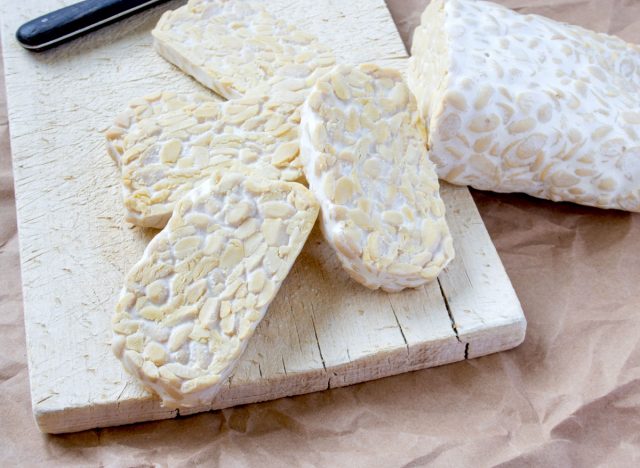
AMOUNT OF PROTEIN: 20.3 grams per 100 g serving (40.6% DV)
“Similar to tofu, tempeh is another soy-based protein source,” says Greenwood. That’s not to mention the fact that “it is fermented, which enhances its digestibility and offers additional health benefits, such as probiotics.” That’s, in part, why a review found in Comprehensive Reviews in Food Science and Food Safety noted that tempeh products are “protein-rich foods using various beans, legumes, and grains” that rely on “low-cost, health-promoting, and sustainable food processing technology,” which gives you multiple reasons to opt for tasty tempeh.
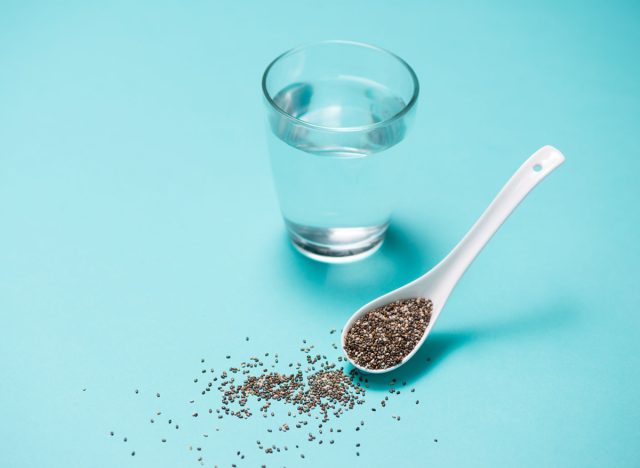
AMOUNT OF PROTEIN: 16.5 grams per 100 g serving (33% DV)
“Chia seeds are small but packed with protein, fiber, omega-3 fatty acids, and antioxidants,” says Greenwood. Due to these nutrients, data published by Comprehensive Reviews in Food Science and Food Safety points out that they offer a variety of benefits, “such as antioxidant capacity, and hypotensive, hypoglycemic, and anticholesterolemic effects.”
To enjoy chia seeds, Greenwood says that they “can be added to smoothies, yogurt, or used as an egg substitute in baking.”
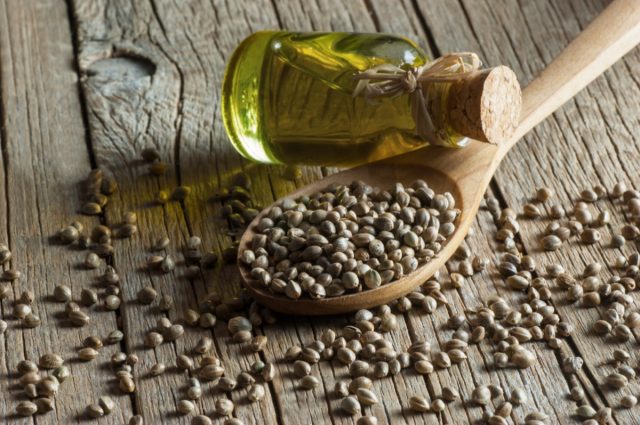
AMOUNT OF PROTEIN: 31.6 grams per 100 g serving (63.2% DV)
Hemp seeds are made up of around 25% protein, according to information found in Sustainable Agriculture Reviews 42. Greenwood notes that they are also “a complete protein source and provide omega-3 fatty acids, fiber, and minerals like magnesium and zinc.”
If you’re unsure of how to eat hemp seeds, Greenwood says that “they can be sprinkled on salads and cereals, or incorporated into energy bars.”
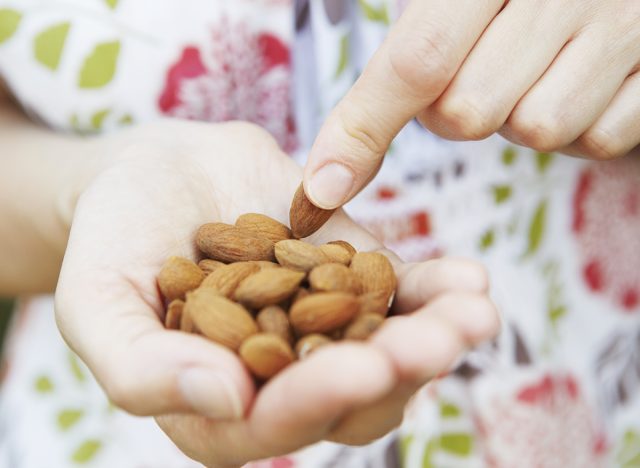
AMOUNT OF PROTEIN: 21.4 grams per 100 g serving (42.8% DV)
“Almonds are not only a good source of protein but also provide healthy fats, fiber, vitamin E, and magnesium,” Greenwood notes. Allen also explains that almonds are “high in Vitamin E and can lower the risk of heart disease.”
The tree nut that people eat more than any other, per Nutrients, Greenwood adds that “almonds make for a convenient and nutritious snack.”
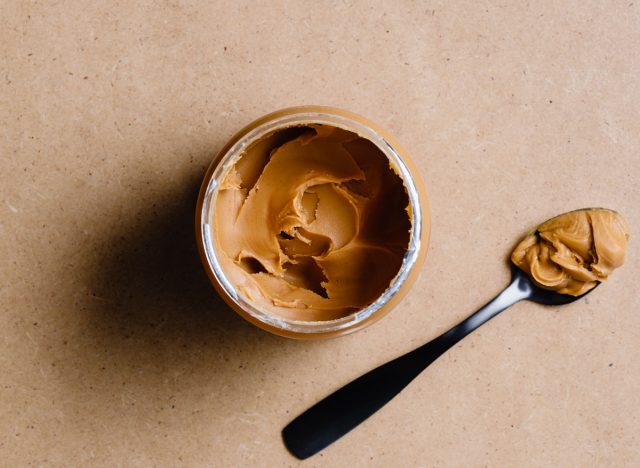
AMOUNT OF PROTEIN: 22.5 grams per 100 g serving (45% DV)
“Peanut butter is not only delicious but also contains protein, healthy fats, and vitamin E,” says Greenwood. The high protein content in the nuts along with both fat and carbs help both your muscles and bodily functions, noted a review published by Food Science and Human Wellness.
“It can be spread on toast, added to smoothies, or used as a dip for fruits and vegetables,” says Greenwood. Allen points out that you can enjoy peanut butter by “spreading it on graham crackers, bananas, or pretzels,” or “making a healthy carb and protein snack.”
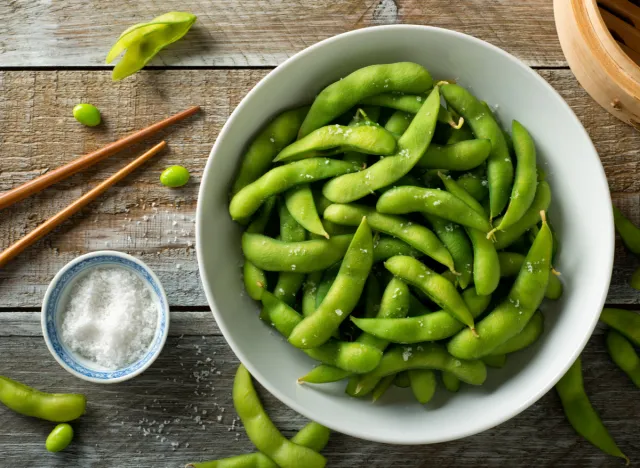
AMOUNT OF PROTEIN: 11.9 grams per 100 g serving (23.8% DV)
“Edamame are young soybeans that are high in protein, fiber, and folate,” says Greenwood. In fact, edamame contains such a high amount of vitamins and macronutrients, that it is comparable to grain soybean, according to research published by the Journal of Horticulture and Forestry.
“They are commonly steamed or boiled and served as a snack or in salads,” says Greenwood. Allen agrees, pointing out that they are “low-fat and full of nutrition,” and are great to “add to a stir fry or salad.”
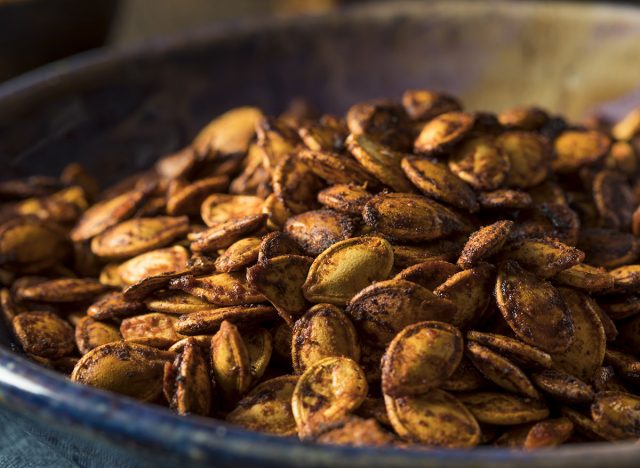
AMOUNT OF PROTEIN: 29.9 grams per 100 g serving (59.8% DV)
Pumpkin seeds may be a snack you already enjoy around Halloween, however, you may want to add them to your regular diet. Made of 29.8% fat and 58.8% protein, pumpkin seeds also contain an abundance of essential nutrients, per Plant Foods for Human Nutrition.
“Pumpkin seeds are a protein-rich snack that also provide iron, magnesium, zinc, and healthy fats,” explains Greenwood. “They can be eaten roasted or added to salads and granola.”
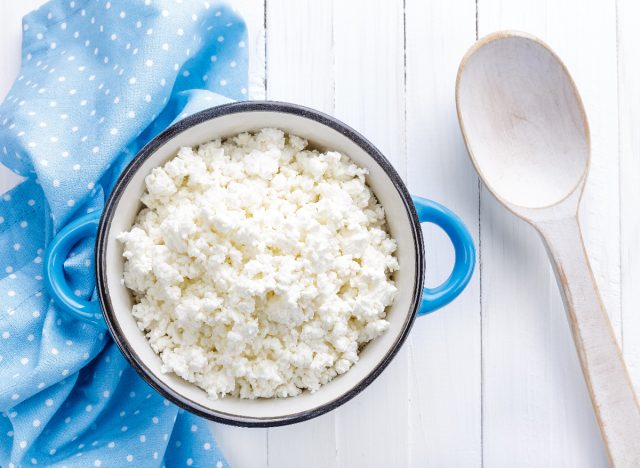
AMOUNT OF PROTEIN: 11 grams per 100 g serving (22% DV)
A food that is often eaten by both athletes as well as people who want to lose weight, per Nutrition & Food Science, “cottage cheese is a dairy product that is rich in protein, calcium, and vitamin B12,” says Greenwood. “It can be enjoyed on its own, mixed with fruits, or used in savory dishes.”
Allen also notes that cottage cheese is “high in protein and low in fat.” She suggests “blending it with eggs, then scrambling for an added protein boost.”
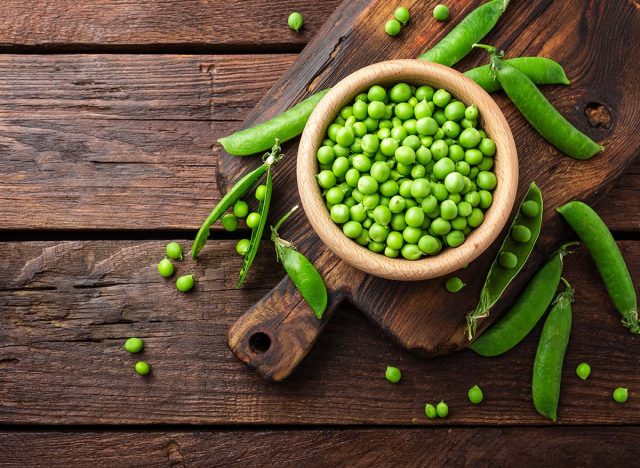
AMOUNT OF PROTEIN: 5.42 grams per 100 g serving (10.84% DV)
“Peas are a good source of protein, fiber, and vitamins,” says Greenwood. That’s along with various minerals, starch, and phytochemicals, according to data found in the British Journal of Nutrition. There are also plenty of ways to incorporate peas into your meals. Greenwood tells us, “They can be used in soups, stews, stir-fries, or enjoyed as a side dish.”
